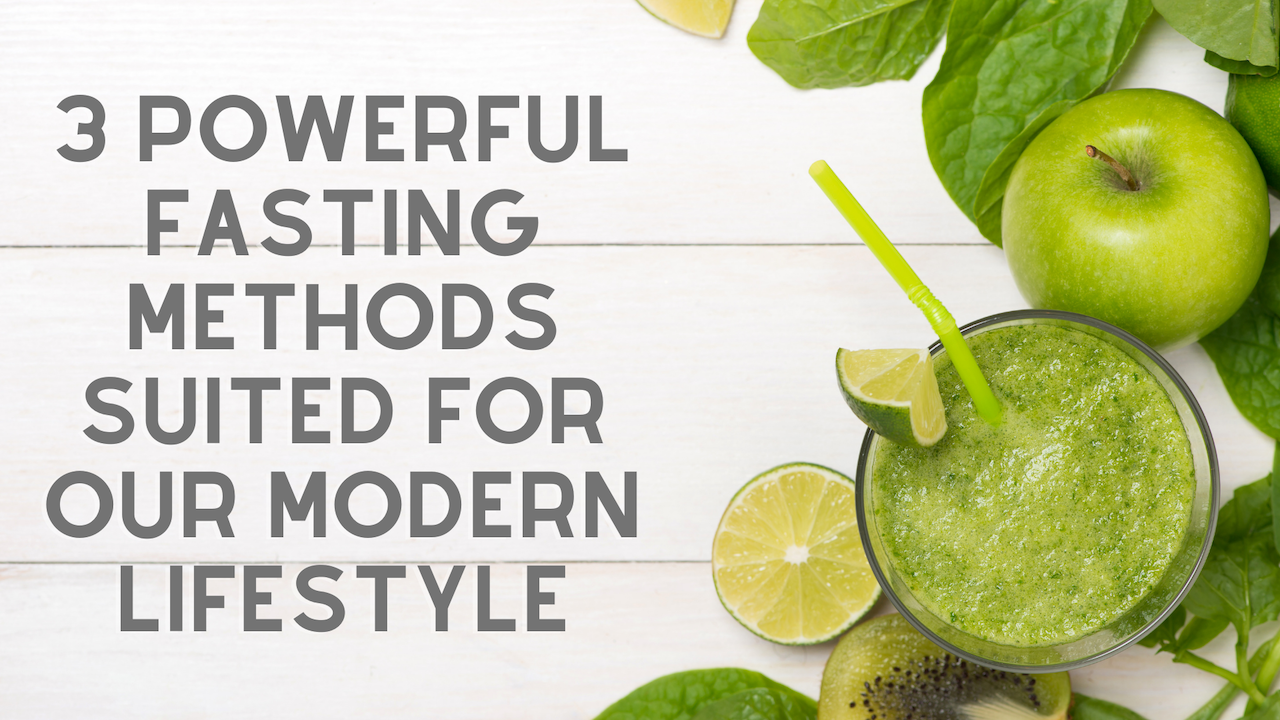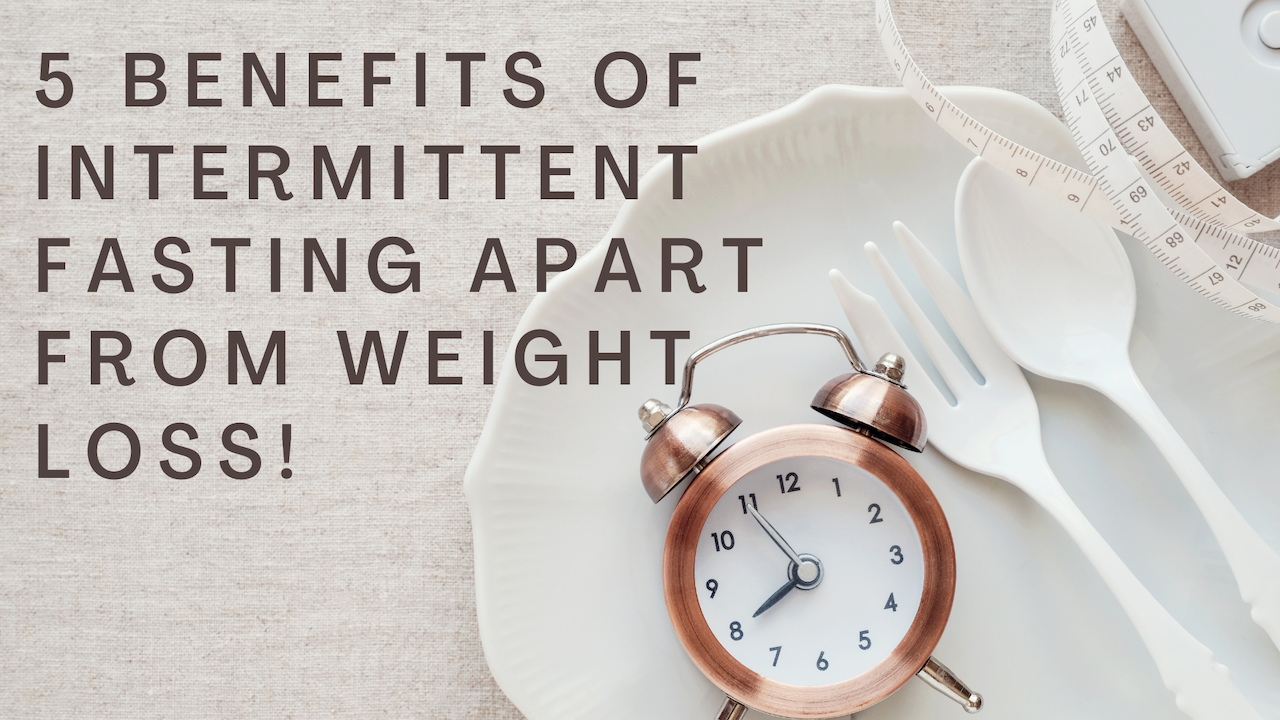Are you convinced about the benefits of fasting but can’t wait to start right away? Wait! If you want to make the impact of your fast truly last, don’t rush in too fast. Figure out the fasting methods that are truly meant for you.
You’ll never run short of options when it comes to the different kinds of fasting out there. You can do 5:2 fasting, 16 hours fasting, Ekadashi fasting, alternate day fasting, 24 hour fasting, partial fasting, water fasting, or even mistake starving for fasting. You need to find out what kind of fast works for YOU, based on your lifestyle and needs.
But you don’t need to experiment with each one of these fasts. We have identified 3 levels of fasting that our community members have greatly benefited from, which are best suited for our modern lifestyles.
In this blog, we’ll help you understand the purpose of each fast, how to prepare for it, how to follow it, and what precautions to take for them. So let’s dive in.
1. Juice Fasting (Difficulty: Challenging)
What is a juice fast? It’s a fast that involves taking a break from solid foods and consuming nothing but vegetable and fruit juice. By giving our digestive system an extended break, our healing power works at its strongest capacity to flush out toxins from the body.
How long do you do it for? Usually anywhere between one to seven days. We believe 3-day juice fasts hit the sweet spot of giving your body a super detox without becoming too overwhelming.
A juice fast is like a reset button for your system. It’s not one of those fasting methods that are meant to become a part of your daily lifestyle. You just follow it once every few months to give your body a chance to quickly detox, heal, and break the momentum of bad food habits. Such fasting methods should be practiced for extended periods only under the supervision of experts. If you’re interested in regularly doing 3 day juice fasts, we don’t recommend doing them more than once a month.
There are 3 stages of a juice fast that you must follow for a smooth experience and to tap into its full benefits:
Preparation stage
Do you know what’s hiding in your kitchen? If you see any product with sugar, caffeine, dairy and processed ingredients, then set it aside. You need to save up your energy for the juice fast and all these products are nothing but energy vampires.
Stick to living, wholesome, plant-based and water-rich foods for at least one week before the juice fast. These light, high-pranic foods will help stabilize the energy levels in your body. So when you start the fast, you’re not shocking your system and experiencing a ton of uncomfortable detox symptoms.
Fasting stage
Now comes the fun part where you get to try out a variety of delicious and colourful juices. You won’t ever think of the words ‘boring’ and ‘bland’ when it comes to juice once you’ve tried some recipes from our Satvic Food Book.
We recommend having approximately 4-5 glasses of juice per day. But feel free to listen to your body’s hunger and have more if you need them. It’s also best to avoid any intensive or stressful activity during this phase.
Breaking the fast
Did you know breaking the fast is more important than the fast itself? You’ll end up doing more harm than good if you don’t break your juice fast gradually. Let’s understand this with an example. When you drive a car, you always shift gears one by one. If you suddenly put it on the 4th gear, your engine will struggle to keep running. Similarly, when you start eating after a fast, you have to change your digestive system’s gears like this:
The first gear = light, water-rich fruits
The second gear = soups/salads
The third gear = grain meal
The duration of breaking your fast should be at least half the duration of your juice fast. So if you’ve completed a 3-day juice fast, you should break it in 1.5 days. That means you will eat your first grain meal on day 5 as shown in the chart below.

If you want to try out this fast for the first time, why do it alone? You can join our online 3-day Juice Fast with thousands of people from around the world. We host online sessions each day for 3 days to guide you every step of the way and pack them with a ton of activities to make it fun for you.
2. Raw Food Fasting (Difficulty: Moderate)
What is a raw food fast? It is one of the most powerful yet practical fasting methods in the world. You consume only raw foods for the duration of the fast. What does that include? It means whole fruits, salads, nuts, and smoothies. Anything cooked on a stove or store-bought processed foods are out. This is another powerful way to occasionally detox for those who find juice fasting too challenging.
You may be wondering – “what’s so special about uncooked food?” What’s special about raw food is that it’s not uncooked, but sun-cooked food. It packs the most concentrated form of the sun’s vital energy – the fire that ripens all our food and gives it all its nutrients. That’s right. The sun’s energy is the food of our food. And when we cook our food on fire, we start draining this vital sun-energy rapidly. At 118 degrees Fahrenheit (47.8 degrees Celsius), the enzymes in our food begin to die and the food starts losing its nutritional power.

Raw food can be digested within 3-6 hours and frees up your energy to focus on eliminating toxins and repairing your system.
3. 16 Hour Fasting/Intermittent Fasting (Difficulty: Easy)
What is 16 hour fasting? You eat within a span of 8 hours, and fast for 16 hours every night. This is the most accessible fasting methods that you can embrace as a regular part of your life. If you can do 16 hour fasting daily, you don’t need to worry about experimenting with extreme detox diets.
You have to give your digestive system a break daily just like you need to rest after a hard day’s work. You can’t keep dumping a pile of food over the undigested food lying in your stomach. This allows your body to clear out its waste, burns fat cells, rebuilds old tissue and boost your energy levels.

Why is it so easy to do every day? Because you’ll be sleeping through most of the fast anyway. So you don’t have to worry about how to get through the day without food. Let’s say if you eat your dinner at 8pm, eat no solid food till 12 noon the next day. At 12 noon, have your first solid meal of food. If you eat dinner at 6pm, eat no solid food till 10 am the next morning.
You are free to have ash gourd juice, coconut water, and other vegetable juices during your fasting period. However, your first solid food should be a plate full of seasonal fruit. This will help you bring your digestive system into first gear. You can have your first grain meal or soup/salad at least two hours after your fruit breakfast.
Intermittent fasting can be flexible depending on your needs. Children below 16 years of age, people doing intensive physical work, and pregnant women should switch to 14 hour fasting instead of 16 hour fasting.
Tell us which level of fasting have you tried before. We would love to know more about your experiences and challenges with them.



